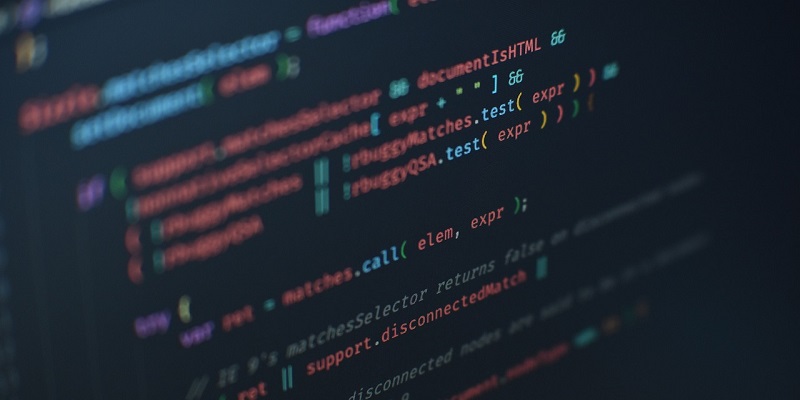In an effort to help DevOps teams better track their performance and improve software delivery, LinearB has unveiled a free dashboard that enables the visualization of DevOps Assessment and Research (DORA) metrics within their software delivery management platform. This dashboard aims to address the significant challenge faced by many DevOps teams, which is the lack of tracking and utilization of these crucial metrics due to associated fees in the past.
Explanation of DORA Metrics
DORA metrics provide important insights into the efficiency and effectiveness of DevOps workflows. These metrics include:
1. Deployment Frequency – This metric measures how frequently deployments occur within a given timeframe. Tracking deployment frequency helps teams understand how often they are delivering changes to production and ensures continuous integration and delivery.
2. Mean Lead Time for Changes – The mean lead time for changes refers to the average time it takes for a change to be implemented from the moment it is requested. By tracking this metric, DevOps teams can identify bottlenecks and optimize their processes to reduce lead times.
3. Mean Time to Recover – Identifying and minimizing downtime is crucial for DevOps teams. The mean time to recover metric measures the average time it takes to recover from incidents or failures. Reducing mean time to recover enhances system reliability and reduces downtime, ultimately improving customer satisfaction.
4. Change Failure Rates – Change failure rate represents the percentage of deployments that result in service outages or failures. By monitoring this metric, teams can identify processes or areas that need improvement, allowing them to proactively address potential issues.
Challenges of tracking DORA metrics
LinearB CEO Ori Keren acknowledges that the primary challenge faced by DevOps teams is the lack of tracking these metrics due to associated fees in the past. However, by providing a free dashboard, LinearB aims to remove this barrier and encourage wider adoption of DORA metrics. The dashboard empowers teams to gain insights into their performance and identify areas for improvement without any financial constraints.
Leading indicators on LinearB’s dashboard
LinearB’s dashboard goes beyond the traditional trailing DORA indicators and provides the ability to track leading indicators. These leading indicators encompass:
1. Merge Frequency – Tracking how often code changes are merged into the main branch helps teams assess their development pace and ensure a steady flow of progress.
2. Pull Request Size – Monitoring the size of pull requests allows teams to evaluate the complexity and scope of changes being made. Smaller pull request sizes tend to be more manageable, resulting in faster feedback loops and accelerated development cycles.
Findings from LinearB’s Software Engineering Benchmarks Report
Based on an extensive analysis of more than 3.7 million pull requests from over 2,000 DevOps teams, LinearB’s 2023 Software Engineering Benchmarks Report reveals critical insights into DevOps workflow bottlenecks. The report highlights that code reviews are the most significant bottleneck in the DevOps process. Furthermore, the report provides actionable best practices to improve code reviews. These include automating reviewer assignments, setting up automated alerts for changes to deprecated APIs, and utilizing automated labels to effectively prioritize workflows.
Efficiency of startups and smaller companies in DevOps workflows
Notably, LinearB’s report also underscores that startups and smaller companies tend to exhibit greater efficiency in managing DevOps workflows compared to average enterprises. This finding suggests that companies with leaner organizational structures often possess more streamlined and agile processes, enabling smoother software delivery.
The Impact of Generative AI on DevOps Teams
While the rise of generative AI tools presents numerous advantages for DevOps teams, a challenge is emerging with the increasing amount of code needing review. The volume of code generated by AI tools is exponentially growing, posing a potential bottleneck in the code review process. However, Keren predicts that generative AI will soon aid in identifying opportunities for improvement, such as cycle times, offering valuable insights to enhance DevOps workflows.
The significance of developer productivity as a DevOps metric
Undeniably, developer productivity remains the most crucial metric in DevOps. Ultimately, delivering high-quality software with optimal speed requires the efficient utilization of resources. By monitoring and improving developer productivity, organizations can drive innovation, increase efficiency, and produce exceptional results.
In conclusion, the introduction of LinearB’s free dashboard for visualizing DORA metrics presents an opportunity for DevOps teams to better understand their performance and make data-driven improvements. By eliminating the previous cost barrier associated with tracking these metrics, LinearB aims to foster greater adoption among DevOps teams and enable them to optimize their workflows effectively. With the continuous evolution of DevOps practices, leveraging powerful tools such as LinearB’s dashboard, and focusing on both trailing and leading metrics, organizations can enhance their software delivery processes and achieve greater success in their DevOps initiatives.

